Four things mainstream club nights can learn from queer events
Opinion: There are lessons to be learned from queer spaces to improve safety and inclusivity for all, writes More Diverse Voices founder Emily Horton
By Emily Horton
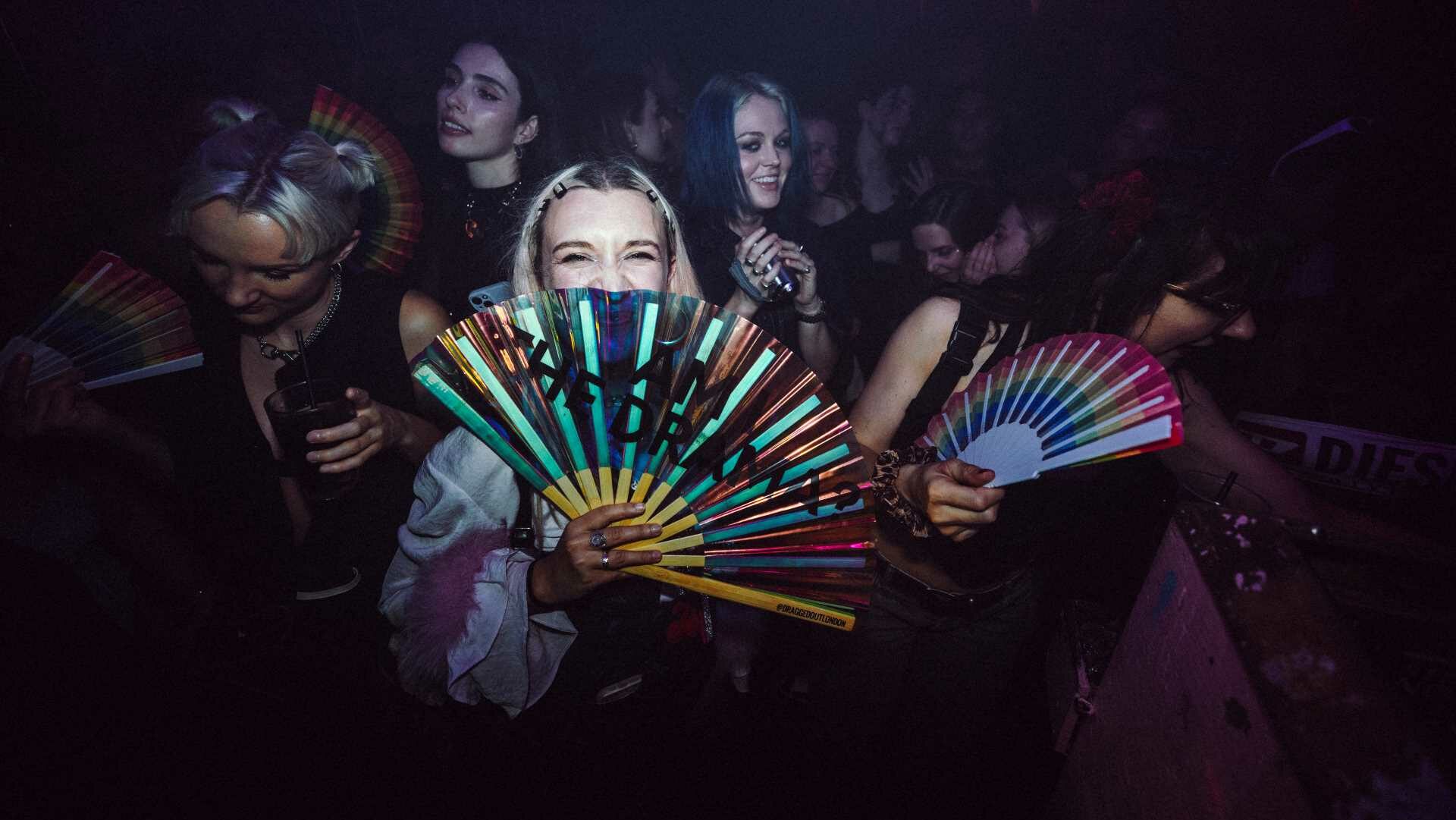
Mainstream club nights will never be able to recreate the electricity or community of queer spaces. But they can offer their punters a better, safer, more connected experience, writes Emily Horton, founder of inclusive communication consultancy More Diverse Voices and DJ (rizz0 – Instagram/ Soundcloud).
Here, Emily lists four ways that mainstream club nights can learn from queer events.
I love clubs. In my early 20s I would go out in Brixton, Peckham, Camden and Old Street to get lost in marathon mixes, glittering disco balls and crowds of swaying humans.
Yet, there was always something unsettling that I couldn’t place my finger on.
The #MeToo movement was a wake up call. I realised that in many of the spaces I adored, I would also find all types of violence. Unwanted hands groping hips and tits was sadly accepted as the price you paid for entry. A mate getting bottled over the head in a club in Reading was shocking but not a surprise.
As I explored my queerness, I started to crave spaces where I could fully express myself and exist without fear of being groped or receiving unwanted homophobic slurs.
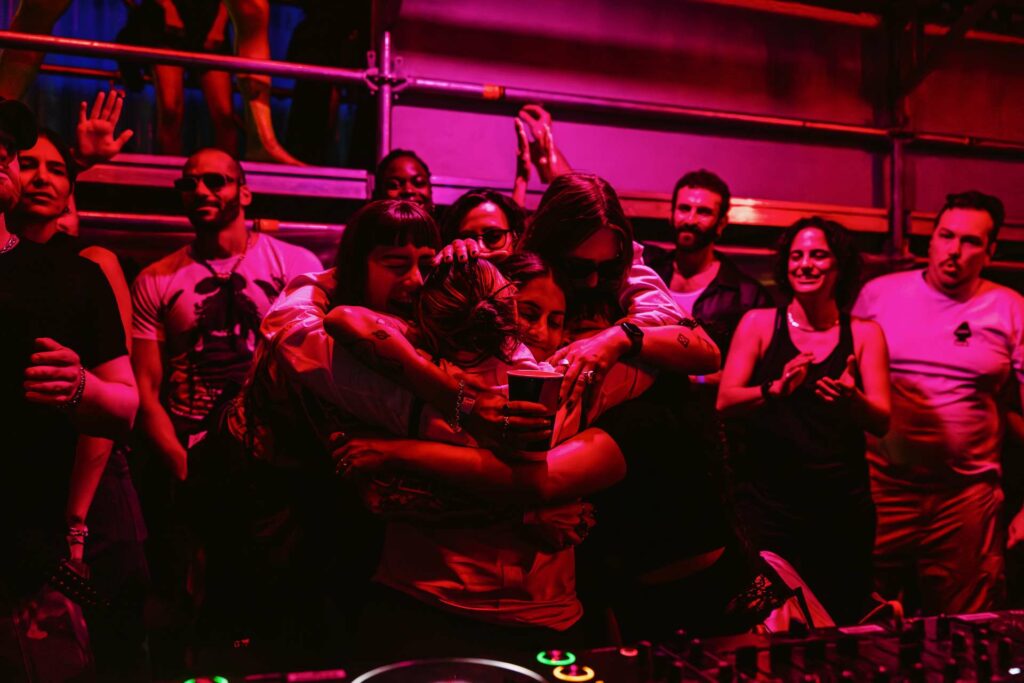
After Covid, I found myself only going to parties specifically curated by and for LGBTQIA+ people. This was transformational. Here I found community, acceptance, friendship, freedom and some of the best artists to shake my peach to. They were magical, sacred and sometimes otherworldly.
And although it’s impossible to create a completely “safe” space, the organisers put so much intentional effort into education and creating a community, that for the first time I felt looked out for. Like someone had my back, when I threw it back.
Mainstream clubs can learn a lot from this. We all want to be safe on a night out, and we’re all yearning for community and connection.
1. Intentional spaces
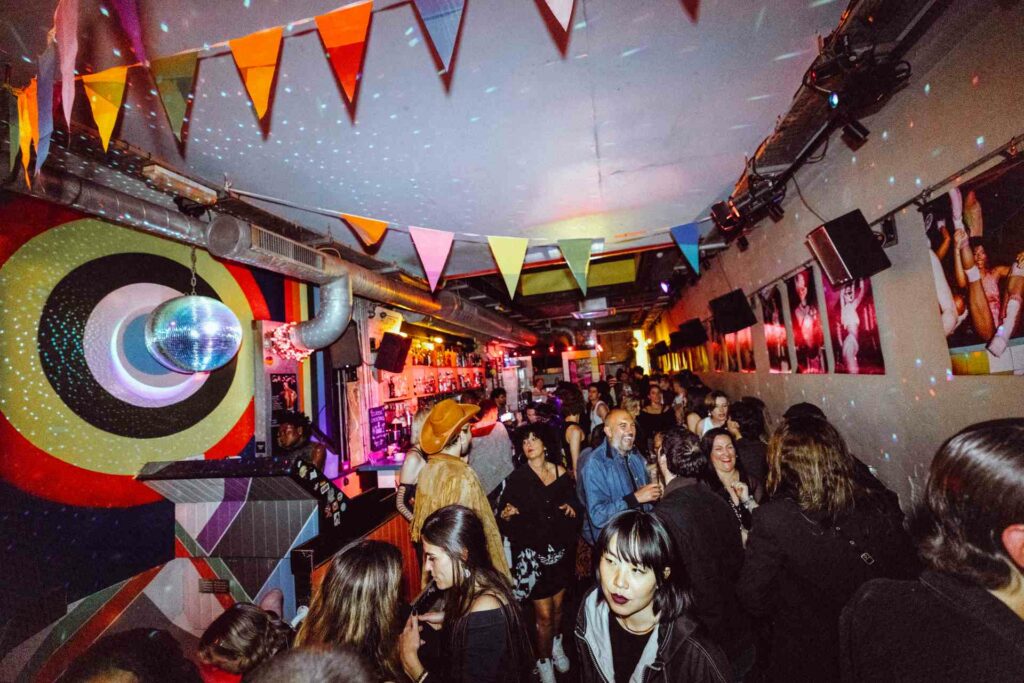
While it’s impossible to create a fully “safe” space, especially when alcohol is involved, queer events are really good at setting clear expectations and enforcing them. These spaces do a great job of “educating people about how to conduct themselves, teaching people that discrimination of any kind is not ok, educating people on what microaggressions are, the importance of consent,” according to Michelle Manetti (she/they), DJ and founder of the female, lesbian, inter, non-binary, trans and agender people (FLINTA) focused night Fèmmme Fraîche.
Guidelines are everywhere – across social media and newsletters to posters on walls and stickers in the loos. They are incredibly detailed and unique to what the event is catering for. Some spaces question attendees on the rules before they enter, or require signed acknowledgments that they have been read and understood. Stickers cover phone cameras to protect privacy. Strict dress codes might be enforced, while others, like They Club, invite people to “come as you are or who you want to be”. Some may have cooldown areas with cups of tea and biscuits when dancing has become a bit too much, while others have fully equipped playrooms.
Some events not specifically designed for LGBTQIA+ folk have adopted some of these practices, but often half-heartedly or as a tick-box exercise. It’s easy to have an anti-harassment policy on your website; it’s much harder to create a space where it’s less likely to happen or is actually reported. Entering a space where you know what’s expected of you and what’s expected of other people is liberating. You can relax, let your hair down and get down.
2. Trained support staff
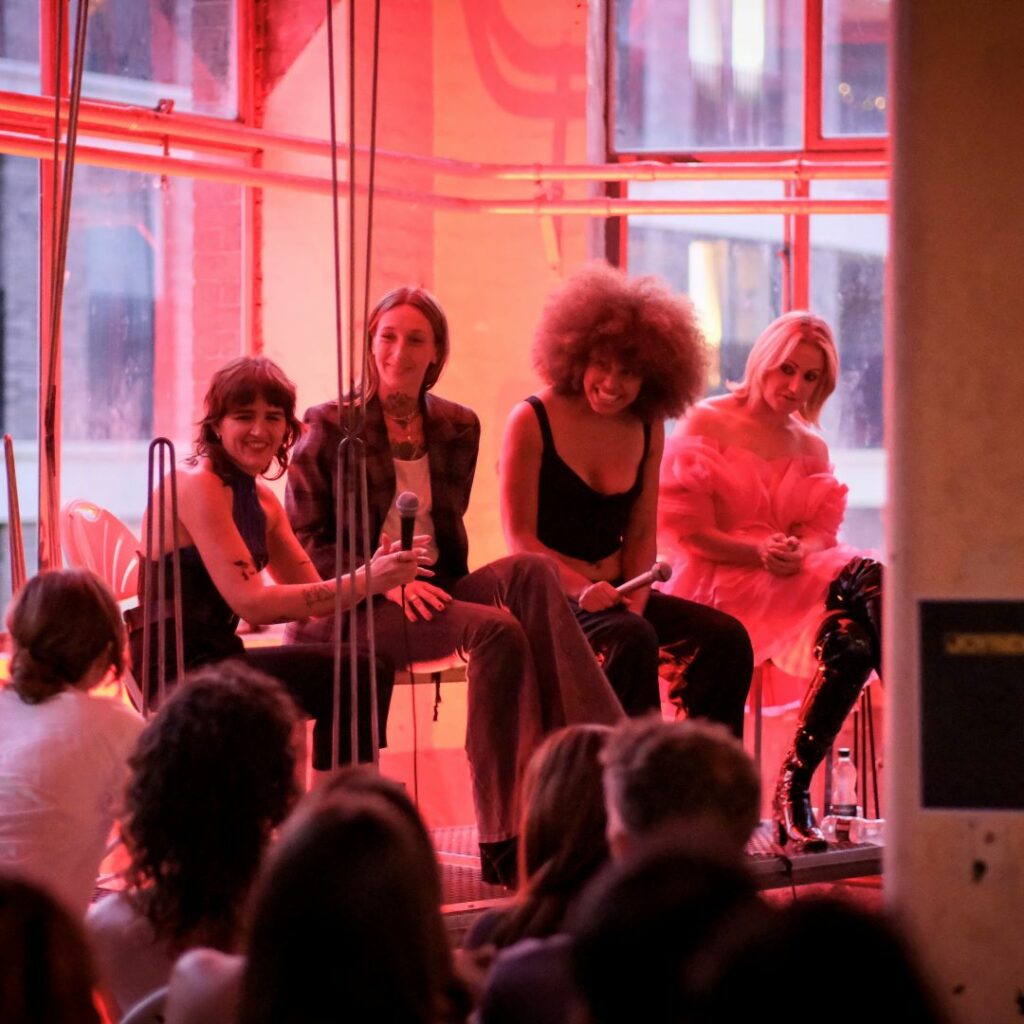
And one of the big reasons for this is that the rules are actually enforced by the team running the event. “If you disrespect those rules, you will be removed and not just threatening to do so, but actually following that through, zero tolerance,” says Manetti.
Queer House Party invites community members to act as additional welfare staff during their events. False Idols, Queer House Party and They Club also all collaborate with SafeOnly, a peer-led group of queer “nightlife angels”.
This is a far cry from only interacting with a bouncer when they scour through the crowd with a flashlight or pat you down at the door. Instead support is friendly, approachable and embedded within the party, which helps everyone feel more protected and more likely to actually come forward and say something if it does go wrong.
It’s also about building trust. “It’s crucial for us,” Queer House Party says. “In many cases our community, from Trans to POC [people of colour], have negative relationships with police or other security or surveillance institutions. We’re often criminalised, institutionalised, scrutinised or surveilled due to our identities. So, alongside briefing security and venue staff on how to treat our audience, having welfare staff that are part of the community helps keep everyone safe and comfortable.”
3. Education and activism
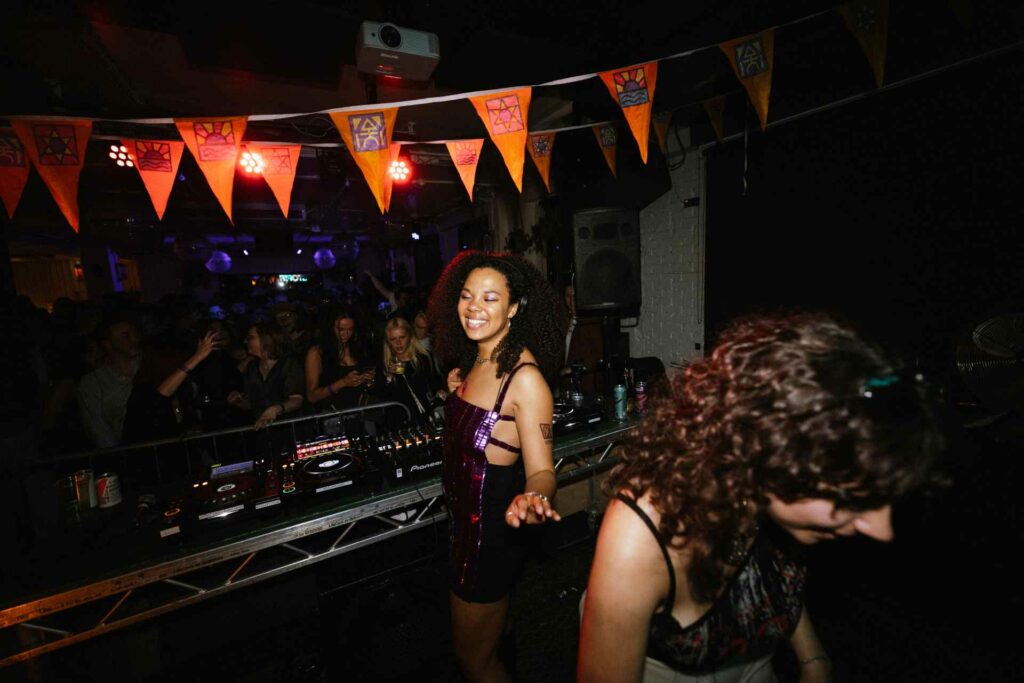
Many queer events go beyond the usual guidelines found on websites or the occasional social media posts, extending to hosting workshops, discussions and socials, providing venue consulting, and even launching full-blown campaigns aimed at changing the industry.
Queer rave Joyride puts on a whole range of events outside of its monthly residency at Corsica Studios. During these sessions, topics like consent are discussed, but also things like relationships, desire, communication, vulnerability, how to approach people and how to deal with rejection.
“Consent gets a lot of attention (naturally), but communication I think can be often overlooked, even though these are skills and techniques we’re never really taught”, says MJ Fox (she/her), sex educator and Joyride co-founder.
For their recent winter event, Body Movements collaborated with Printworks to introduce gender-neutral toilets to the mammoth London club venue for the first time.
Meanwhile, BBC Introducing on Radio 1 Dance DJ Jaguar (she/her) set up the Jaguar Foundation to help make electronic music a more equal place for the next generation of creatives and emerging artists. In 2022, the foundation published a report reviewing club and festival lineup, which showed although there had been an increase in representation across female and non-binary artists performing at festivals – up from 14% in 2017 to 28% in 2022 – the industry still had (and has) a long way to go.
These events go above and beyond the bare minimum to shift people and venues from passive bystanders to active learners.
On a personal level, I know I’ve made mistakes when approaching people, have not expressed my needs clearly and have dealt with rejection poorly. It’s hard stuff. But these places provide a refuge for reflection, growth and accountability.
This is something we desperately need more of, given that nearly two-thirds (63%) of women aged 18-24 who regularly attend clubs, bars or pubs, have experienced sexual harassment on a night out, alongside a quarter (26%) of men, according to a 2017 YouGov survey by Drinkaware.
Clearly, just having security isn’t cutting it. Venues need to take a more active role in looking out for their punters, which means investing in behaviour change. “I’m sure if we had the opportunity to hold forums like this in more mainstream settings, we’d experience less creepy or leary attitudes in clubs,” adds Fox.
4. Diverse decks and dancefloors
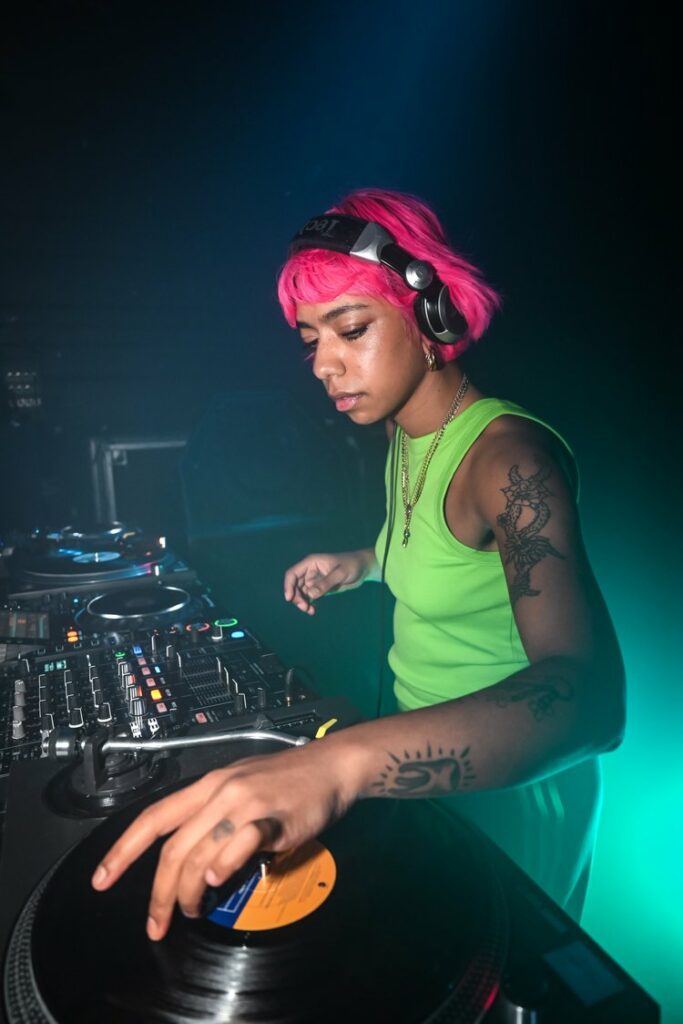
Many of these events support emerging LGBTQIA+ talent, moving them, as DJ and co-founder of Joyride Lydia Fikan (they/them) puts it, “from the dancefloor to behind the decks”.
Each year Body Movements, the UK’s first festival to have a fully queer line up, runs a competition for up-and-coming LGBTQIA+ DJs and artists to play at the festival.
Programmers also often steer clear of big name DJs, opting for a more grassroots approach to their lineups. In an industry dominated by straight white men, they intentionally choose queer, femme, trans and non-binary artists.
For Jaguar, this is where mainstream venues can help to build a more diverse crowd. “Who you’re booking is going to determine who’s coming to the event,” she says.
From her experience of running her night and label Utopia, diverse lineups draw more diverse crowds, which can create safer environments for both punters and performers. “It can feel quite scary and isolating when you go to an event and you’re the minority.”
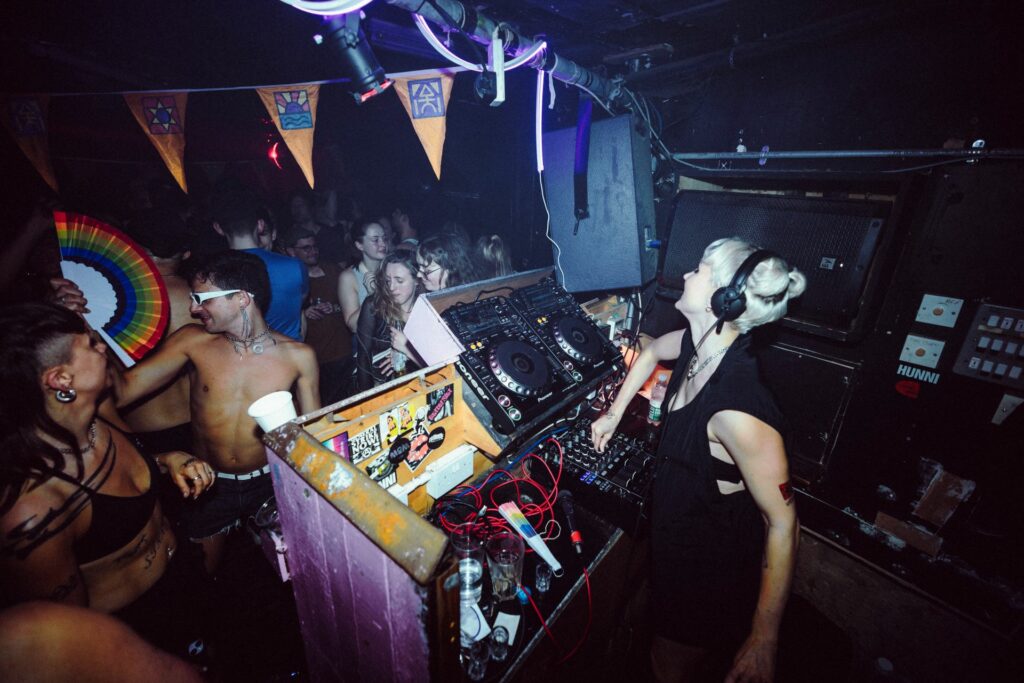
“Sometimes you don’t feel safe coming to events because you’re around a culture that makes you feel isolated,” she adds, pointing out that diversity behind the decks can help change that.
Jaguar also has a clause in her booking contract stating that she will only play on a lineup if there is an effort to book at least one other woman, trans or non-binary person, or a person of colour, to play alongside her. “I really think the biggest change would happen if more straight men at the top did this,” she said.
Meanwhile, Manetti highlights how diverse representation sets the tone: “All our line-ups are diverse and intersectional. Having this kind of representation on a line-up alone indicates to the crowd that we are a queer, diverse and intersectional space which sets the intention, and shows attendees that the space is welcoming for them.”
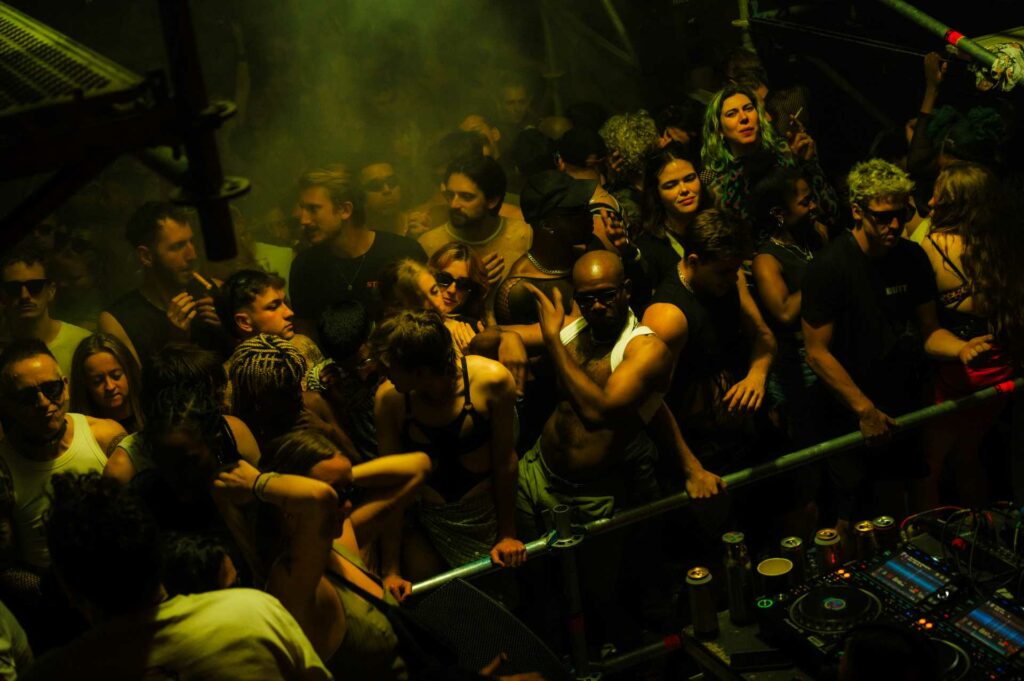
Why should clubs do this? Sure, from a business perspective, a more diverse audience is a larger audience to sell tickets to. However, for many organisers, it’s about creating a truly inclusive and diverse dancefloor. Some nights offer subsided or free tickets, calling on their community to pay a little extra to support inclusion. It helps fill the room with different people, all who love music and deserve a good time.
All of this adds up to create, as Jaguar puts it, “soul nourishing” nights built for and by a super engaged community. And although it’s definitely been a difficult few years for nightlife, this commitment and loyalty shows. People turn up (even on a Sunday the day before work!), pay for tickets, support their mates, attend weeknight socials to connect with people before parties, or pay extra to help subsidise tickets for other members of the community. They hold each accountable and create a safer space to talk and learn about things that we receive very little education about.
I truly believe that these intentional practices normalised in queer space can benefit everyone – cis, straight and LGBTQIA+ alike. Mainstream club nights will never be able to recreate the electricity or community of queer spaces. But they can offer their punters a better, safer, more connected experience. And during a time when the events industry is struggling with rising prices and a shift in clubbing culture, it’s this type of energy that will keep people turning up: paying, supporting, dancing.
More Diverse Voices is a socially-driven communication consultancy helping organisations connect to their audience through inclusive communication. For more information, see its website or Instagram profile.
